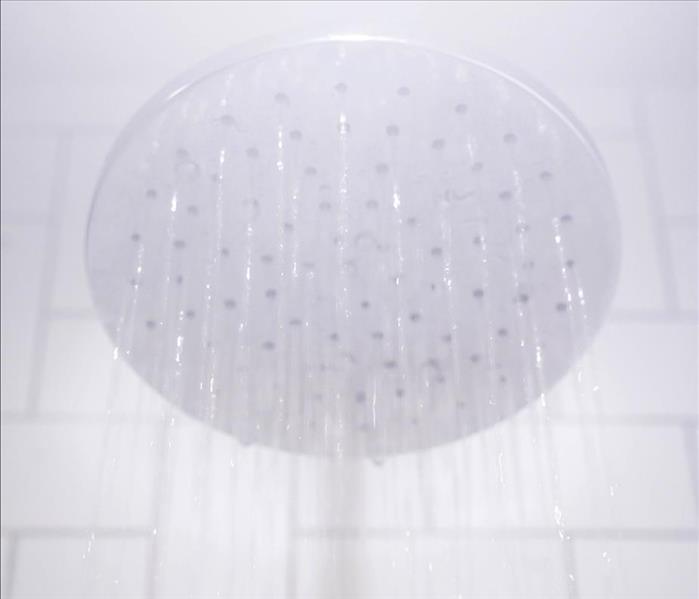Mold Growth Unveiled: 3 Summer Triggers in Homes
7/7/2023 (Permalink)
 Showering can increase the chance of mold growth in the home. Ensuring good air circulation in the home can help prevent mold growth.
Showering can increase the chance of mold growth in the home. Ensuring good air circulation in the home can help prevent mold growth.
While summer brings warmth and sunshine, it also creates an environment conducive to the growth of mold in our homes. Mold not only damages structures but also poses health risks to occupants. Understanding the factors that can trigger mold growth during the summer is crucial for preventing its occurrence.
High Humidity Levels
One of the primary triggers of mold growth in the summer is high humidity. Warm weather and increased moisture in the air create the perfect breeding ground for mold spores to thrive. Areas with poor ventilation, such as basements, bathrooms, and kitchens, are particularly susceptible to mold growth due to the accumulation of moisture. Additionally, excessive indoor humidity caused by activities like showering, cooking, or drying clothes indoors can contribute to mold growth.
Poor Ventilation and Air Circulation
Insufficient ventilation and limited air circulation promote stagnant, humid environments that favor mold growth. During the summer, when windows and doors are often closed to keep cool air in, inadequate ventilation becomes a prevalent issue. Areas such as closets, storage spaces, and closed-off rooms without proper air circulation can become hotspots for mold development. To mitigate this risk, ensure proper ventilation by using exhaust fans in bathrooms and kitchens, opening windows when possible, and maintaining airflow through the use of fans or HVAC systems.
Water Intrusion and Leaks
Water intrusion or leaks in your home can quickly lead to mold growth if left unaddressed, and summer presents unique challenges in this regard. Heavy rainstorms, roof leaks, window condensation, and plumbing issues can introduce excess moisture into your home. Damp or wet materials, such as carpets, drywall, or upholstery, provide an ideal environment for mold to grow. Promptly addressing any water intrusion or leaks, repairing damaged areas, and ensuring proper drainage can prevent moisture buildup and subsequent mold growth.
Preventing mold growth in homes during the summer requires attentiveness and proactive measures. High humidity levels, poor ventilation and air circulation, and water intrusion or leaks are common triggers of mold growth. By managing indoor humidity, promoting proper ventilation, and promptly addressing any water-related issues, we can effectively minimize the risk of mold development. Regular maintenance, inspection, and cleaning routines are also crucial to detect and address mold growth at its earliest stages. Remember, a mold-free home not only protects the integrity of your property but also ensures a healthy living environment for you and your loved ones.






 24/7 Emergency Service
24/7 Emergency Service